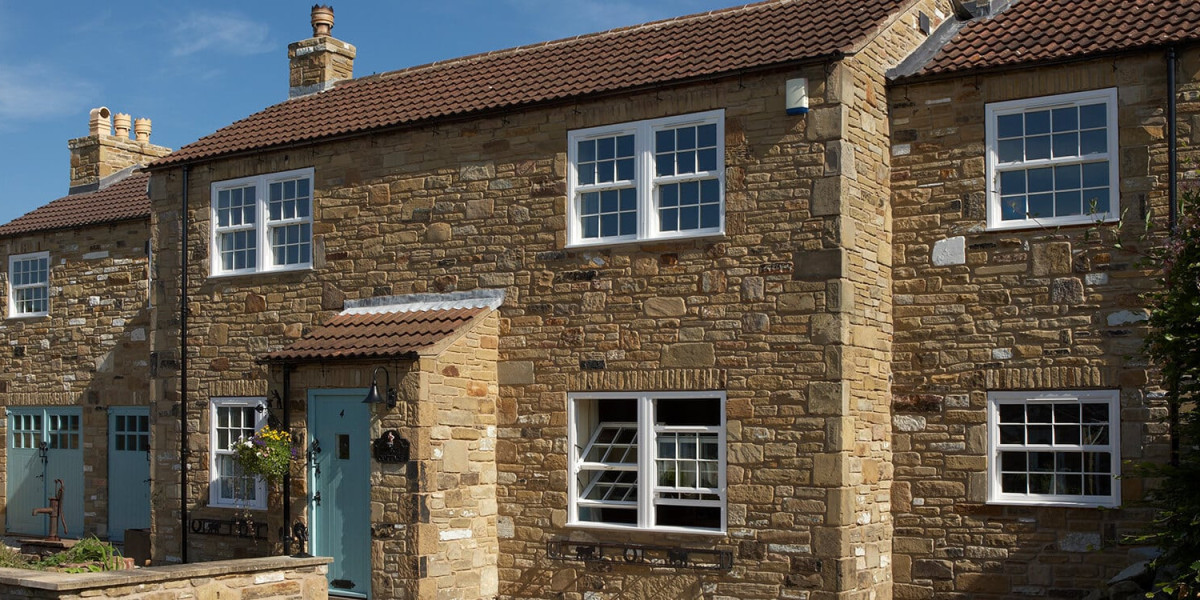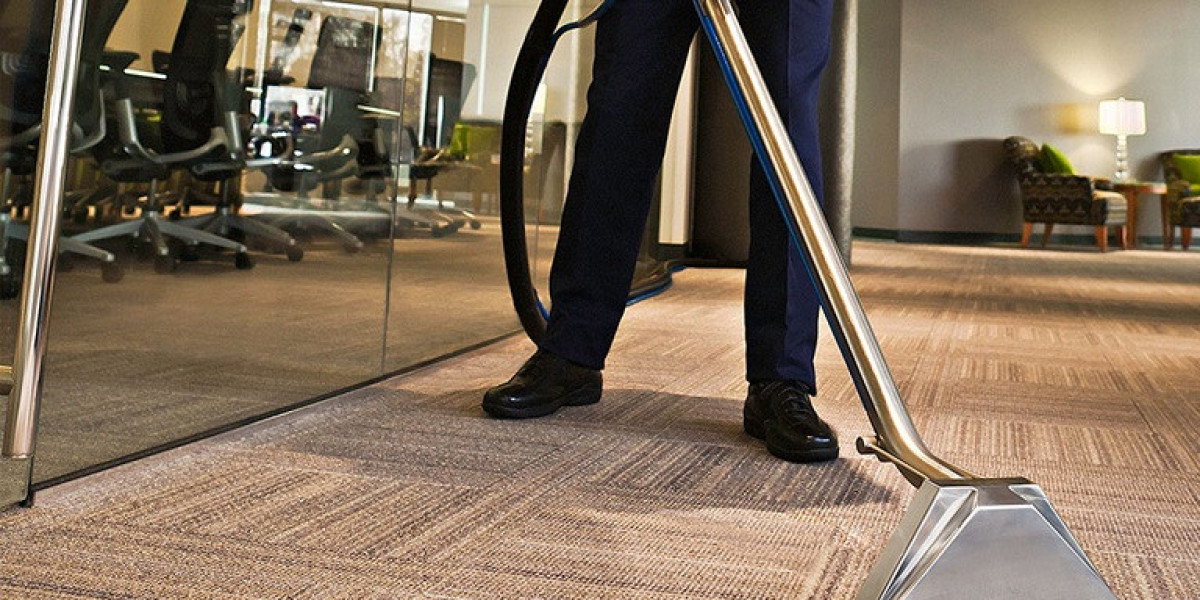Installing windows is a crucial aspect of home improvement and construction that can significantly enhance the aesthetics, energy efficiency, and overall value of a property. This report provides a detailed overview of the window installation process, including types of windows, preparation, installation steps, and post-installation considerations.
Types of Windows
Before diving into the installation process, it is essential to understand the various types of windows available on the market. The choice of window type can impact the installation method and overall functionality of the windows in your home. Common types include:
- Double-Hung Windows: These windows have two sashes that slide vertically. They are popular for their traditional look and ease of cleaning.
- Casement Windows: Hinged on one side, these windows open outward, providing excellent ventilation.
- Sliding Windows: These consist of two or more sashes that slide horizontally. They are ideal for wide openings and offer unobstructed views.
- Awning Windows: Hinged at the top, these windows open outward and are often used in combination with other window types for added ventilation.
- Picture Windows: Fixed windows that do not open, designed to provide unobstructed views and natural light.
- Bay and Bow Windows: These extend outward from the home, creating a small nook inside and adding architectural interest.
Preparation for Installation
Proper preparation is vital for a successful window installation. Here are the steps to take before beginning the installation process:

- Choose the Right Windows: Select windows that fit your style, budget, and energy efficiency needs. Consider materials such as vinyl, wood, aluminum, or fiberglass.
- Measure Accurately: Accurate measurements are crucial for a proper fit. Measure the height and width of the existing window frame and check for square by measuring diagonally from corner to corner.
- Gather Tools and Materials: Ensure you have all necessary tools and materials, including:
- Level
- Caulk and caulking gun
- Screws and anchors
- Pry bar
- Hammer
- Utility knife
- Safety glasses and gloves
- Check Local Building Codes: Familiarize yourself with local building codes and regulations regarding window installation, as these can vary by location.
Installation Steps
Once preparation is complete, follow these steps for a successful window installation:
- Remove the Old Window: Carefully remove the existing window using a pry bar. Take care not to damage the surrounding wall or trim. Remove any nails, screws, or caulk holding the window in place.
- Inspect the Opening: Check the window opening for any damage or rot. Repair or replace any damaged framing or sheathing before proceeding.
- Prepare the New Window: If necessary, apply a weather-resistant barrier around the window opening to prevent moisture infiltration. This could include house wrap or flashing tape.
- Install the New Window:
- Secure the window by fastening it to the framing with screws. Make sure to follow the manufacturer’s instructions regarding the number and placement of screws.
- Check for Level and Square: Use a level to ensure the window is perfectly vertical and horizontal. Adjust with shims if necessary. Check the diagonals to confirm the window is square.
- Seal the Window: Apply caulk around the exterior of the window frame to seal any gaps and prevent air and water infiltration. Inside, add insulation around the window frame to improve energy efficiency.
- Install Trim and Finishing Touches: Reattach or install new interior and exterior trim around the window. This not only enhances the appearance but also provides additional sealing.
- Clean Up: Remove any debris from the installation process, including old window materials, shims, and excess caulk. Ensure the area is clean and safe.
Post-Installation Considerations
After the installation is complete, there are a few important considerations to keep in mind:
- Inspect for Leaks: After a rain or heavy moisture event, check for any leaks around the window. Address any issues immediately to prevent further damage.
- Adjust Window Operation: https://clean-pro.co.uk/ Ensure that the windows open and close smoothly. If there are any issues, adjust the hardware or shims as necessary.
- Regular Maintenance: To ensure the longevity of your new windows, perform regular maintenance. This includes cleaning the glass, checking seals, and lubricating moving parts.
- Energy Efficiency: Take advantage of the energy efficiency benefits that new windows provide. Consider using window treatments such as blinds or shades to further enhance energy savings.
- Documentation: Keep all documentation related to the window installation, including warranties and receipts. This information may be important for future repairs or resale of the home.
Conclusion
Window installation is a significant home improvement project that can yield substantial benefits in terms of aesthetics, energy efficiency, and comfort. By understanding the types of windows available, preparing adequately, following proper installation steps, and considering post-installation maintenance, homeowners can ensure a successful window installation process. Whether you choose to tackle the project yourself or hire a professional, proper attention to detail will lead to a satisfying and rewarding outcome.








